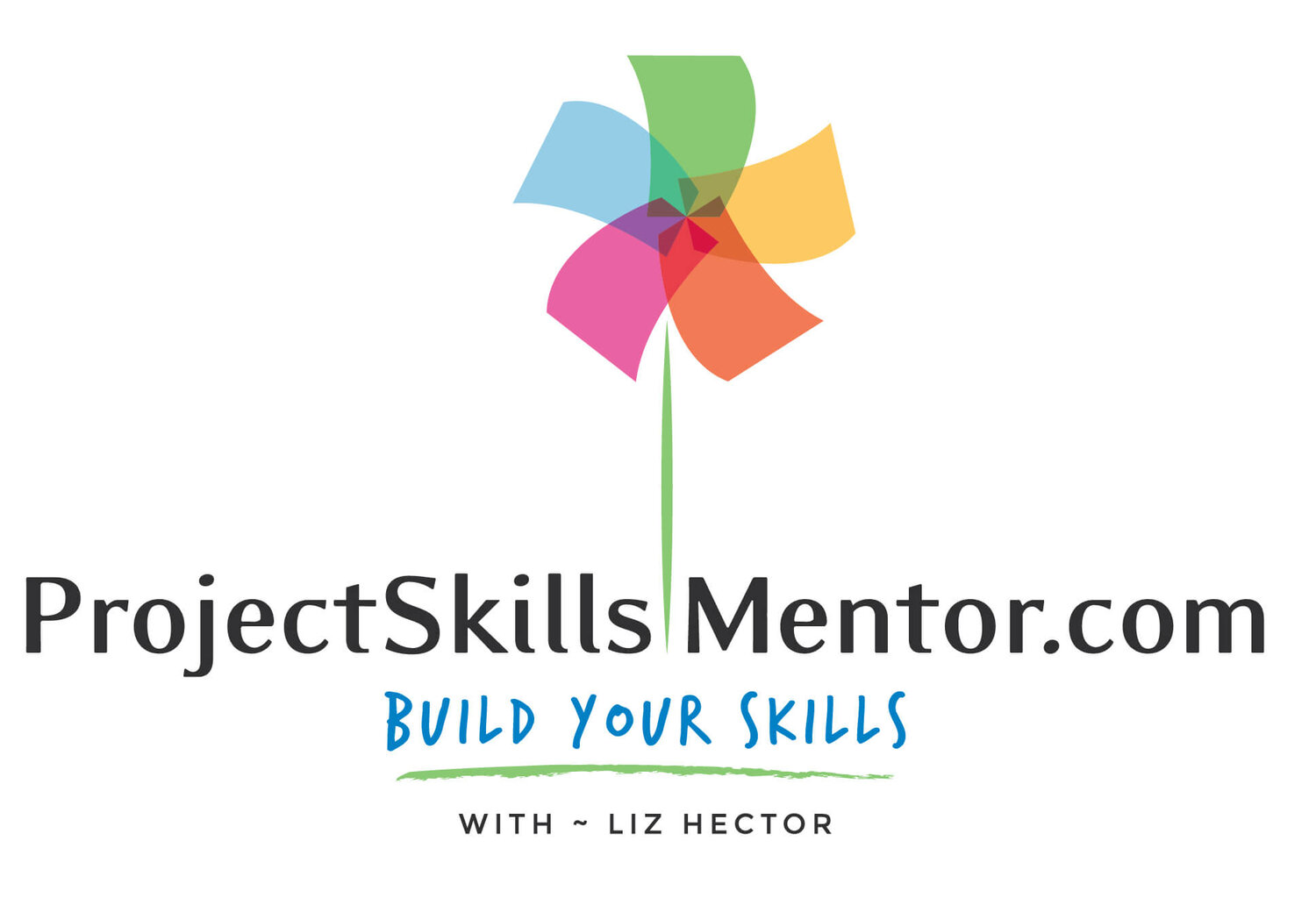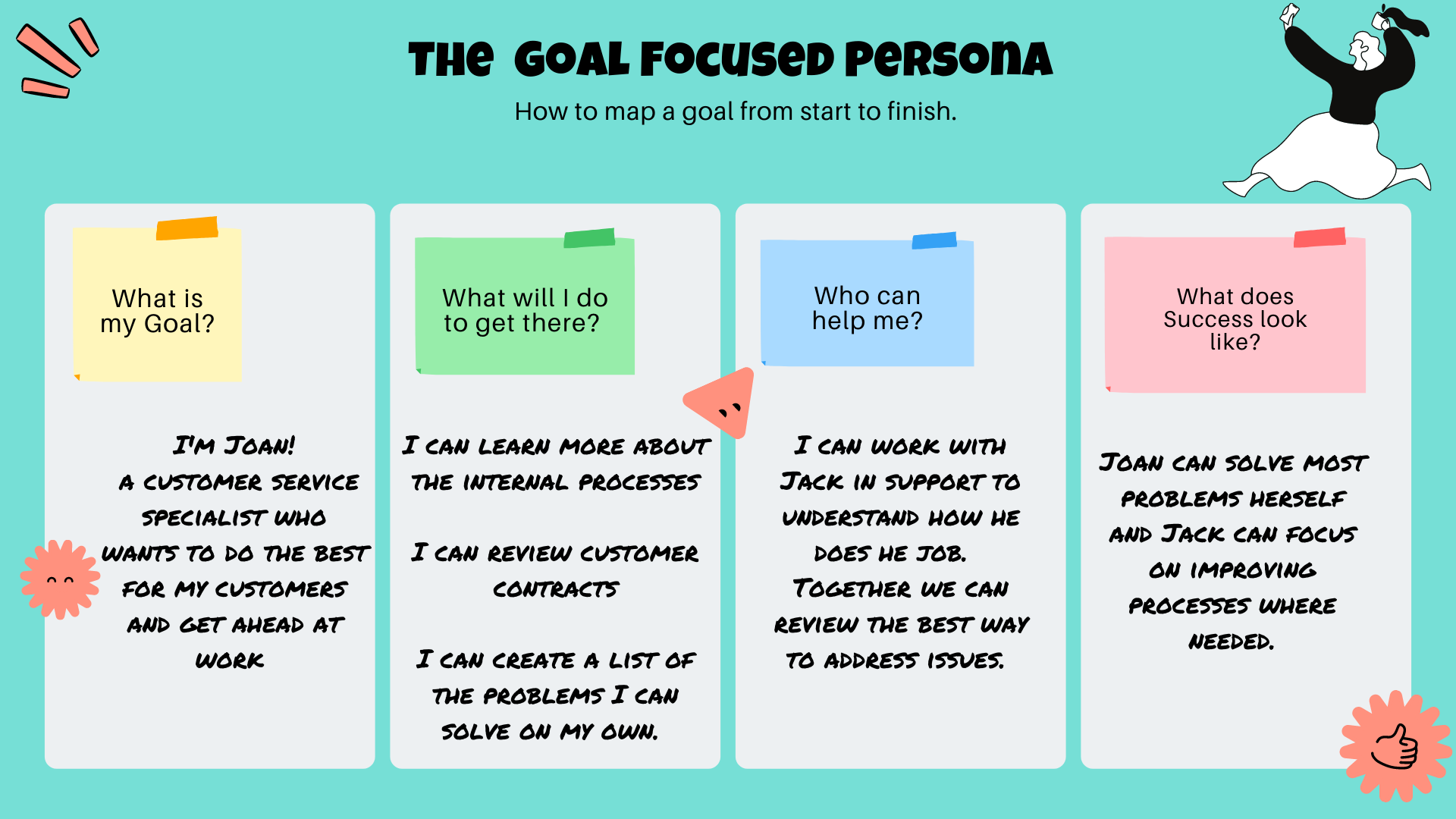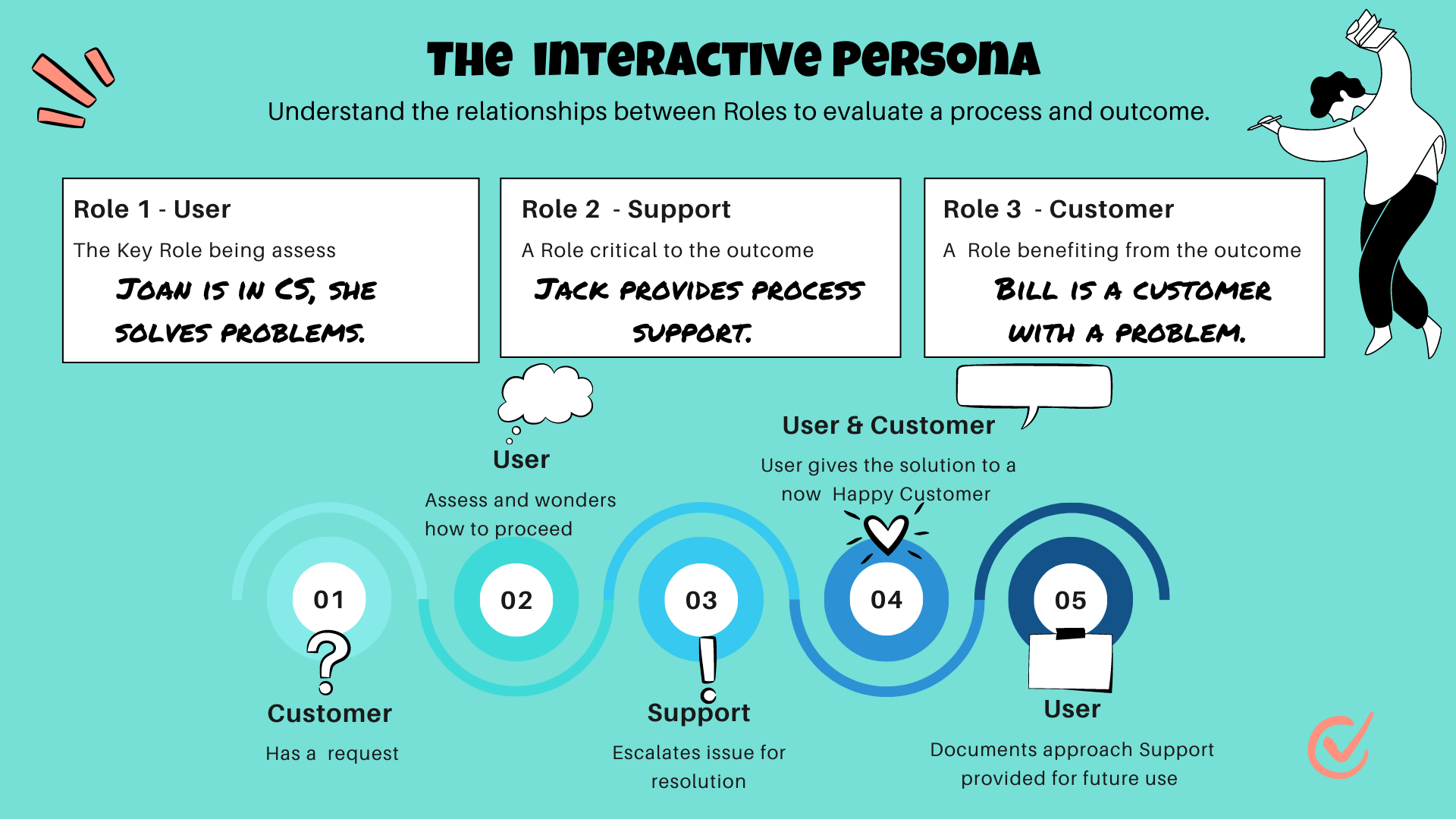Persona Maps made simple
Persona maps are the first step in your User Journey development. Keep them simple so they can do their job - to let you "walk a mile in someone else's shoes." Doing so allows you to create better ideas, solve a problem, share a vision or map a new process. How to get started? Download the free Persona Mapping Made Simple PDF below.
Learn the Power of Persona mapping
What is a Persona?
Why use Persona maps?
How to build a User Persona?
What is a Persona?
Persona is a created character, usually based on a work role, to help others "walk a mile in someone elses shoes." Understanding someone else's situation is powerful. Once you do, you can:
generate ideas to make their work easier.
use their Story to inspire others
or evaluate how this role interacts with other roles to meet a goal
Design Thinking, Idea Generation, and Storytelling use Personas - click the links to find out more about these use cases.
Personas do not describe a real person but should be grounded in reality.
Personas are meant to create understanding and empathy, so they should include:
Personal Details - such as name, age, location, family status
Biographical details - school and work history, personal history.
Personal preferences - likes and dislikes
Current problems or roadblocks - what is holding them back
Goals and Aspirations - what are their dreams
Why are Personas used?
Why use this approach? It creates a realistic view of the situation, which, in turn, allows for:
Create out-of-the-box thinking (consider alternative ideas)
Improve problem-solving (solutions grounded in reality are more likely to be adopted)
Build empathy (to understand and accept another way of working)
Think Different
Persona assessment is a bit like a Rubix cube. You can hold out the cube and see the complexity of the three dimensions or put one cell up to your eye. This changing perspective to details can improve your appreciation of a situation. It can also increase your ability to think differently.
Personas allow us to hold a problem at arm's length to see the complexity and multi-dimensions of an issue. And to see it up close to understand each part individually.
A Persona review can unlock a design team's imagination. It creates the chance for an 'ah-ha' moment when the answer is arrived at through unconventional means. Or the solution is found that turns the problem on its head.
The key to using Personas is testing. Making sure the role represents something real. Check with people with similar roles, listen to their stories or anecdotes. And test by reviewing the supporting data and facts. Validation is always needed to ensure that the idea is based on real users and in context.
How to build a User Persona?
Get the Free Downloadable to use the templates shown in my examples below.
A Simple Process
The Process of building a Persona is basically the same no matter which template approach you use. The process steps are clear. Just follow the Persona Mapping Process.
Document your steps on a Flipchart with your team or using an online Whiteboard. Define each point and make notes along the way to build out the Persona details. I provide a format to do this in my downloadable pdf.
As you work through the issues.
Clarify why this Role was chosen.
Spend time on the Persona Role’s roadblocks and problems.
Confirm understanding of the Personas goals and aspirations.
Don't make assumptions. Check the situation with facts and information directly from the users involved in the Role assessment. Taking time to ensure the situation is fully understood before the next step is critical. So often, teams working on Design Thinking and Idea Generation leap to discuss solutioning. Doing so will impact the idea value. An idea that is not based on a realistic view of the Role is likely not to be used or adopted. So work to understand the context and constraints of the situation and Role.
Design Thinking Persona
A typical assessment for Design Thinking would include these 4 attributes: Needs, Wants, Feels, and Thinks. This is meant to get to the root of the Role and gain empathy for the person behind the Persona.
The Use Case for Design Thinking Persona is building empathy for a Role to allow for problem-solving, idea generation, and role improvement with technology solutions.
Goal Focused Persona
Goal Focused Personas can be essentially a form of a “To Do” list. This can be used to uncover the key aspects of the Role. Clarifying what the goals are and how success will be measured.
The Use Case for Goal Focused can be, as the name suggests, to focus on a goal. Identifying the structure of the job with the Role user helps to address improvements which the Role can take ownership to implement.
Hero Persona
Understanding a user journey can be literal. The Hero is the Persona, the challenges may be amplified to make it more engaging, but keep it real to ensure the Transformational impact is seen as an achievable goal.
The Use Case for the Hero Persona creating a story is a great way to share your vision by giving a Role that creates emotion and connection with others.
Interactive Persona
Work is rarely done in a vacuum. What processes, systems, and people are involved in the value cycle? Who has the problem, and how does it relate to the Role being considered? How do these Roles work together to achieve the Goal - and how can the Process be improved?
The Use Case for the Interactive Persona is when the complexity of the interaction and share workflow (whether recognized or not in the case of the customer) impacts the outcome.
If in doubt, go wide to allow for consideration and innovation of the problem. Sometimes the issue is the identified point, and it is up or downstream from that problem statement.
For all of these Persona assessments - remember to review:
What is the problem statement?
Break it down into its parts to better understand it
Look for new ways to consider the problem?
Is it a "glass half empty, glass half full", or "maybe it a bowl instead" situation?
What data supports the problem status and hypothesis?
Have reliable data that users and sponsors agree on to avoid hypothesis rejection or analysis roadblocks
So what do you think? Are Personas a way to manage multiple issues as I have outlined here? How do you use Personas? Is there anything I have discussed you disagree with? Please leave a comment below.










